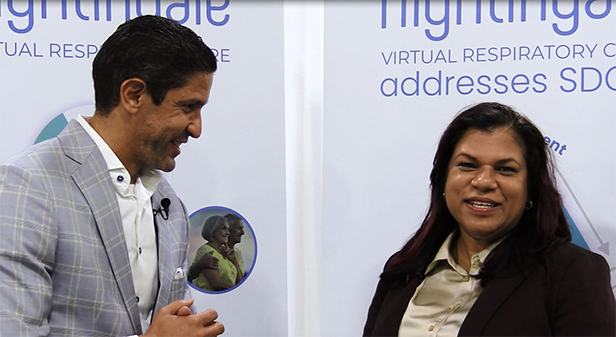Hospitals are preaching to their own workforce what's being practiced on the communities they serve – a strategy that's improving quality and health outcomes, as well as bending the proverbial cost curve. Three key areas of focus include increasing so-called domestic steerage or utilization to hospital-owned providers and facilities, managing medical trend and holding down specialty drug costs.
Lola Brysz, vice president of the hospital market segment for UMR, sat down to talk about how the nation's largest third-party administrator for self-funded medical plans is helping hospitals implement these innovative initiatives and reaping the rewards. Her clients are beta testing on their own employees and dependents the benefits of access to these tier-one providers, facilities and pharmacies. One key to success is offering financial incentives in the form of lower out-of-pocket costs for more robust medical benefits that fit this approach.
But the use of meaningful data is also needed to evaluate domestic utilization results and hospital readmissions for both employee populations and the community at large, especially with regard to the management of high-cost claimants and fast-rising Rx spending. In addition, data analytics are being used to evaluate the number of ER versus urgent care visits to encourage more appropriate avenues of treatment.
In the interview, Brysz also addresses how offering onsite or telephonic wellness programs or coaching and care management with the right incentives will help prevent high-cost claims involving chronic conditions.
To listen to more Self-Funding Benefits Talk, click here.
© 2024 ALM Global, LLC, All Rights Reserved. Request academic re-use from www.copyright.com. All other uses, submit a request to [email protected]. For more information visit Asset & Logo Licensing.






